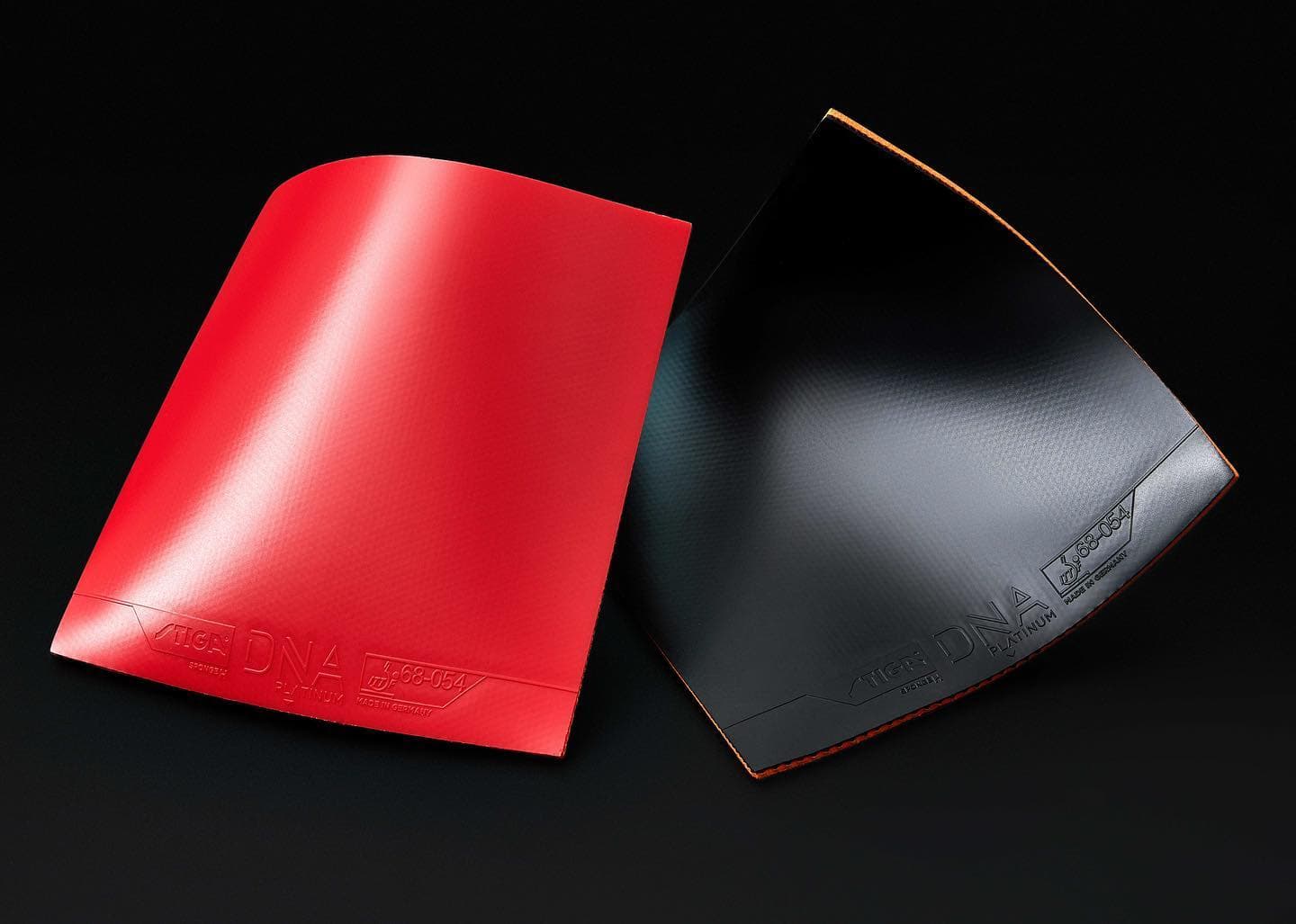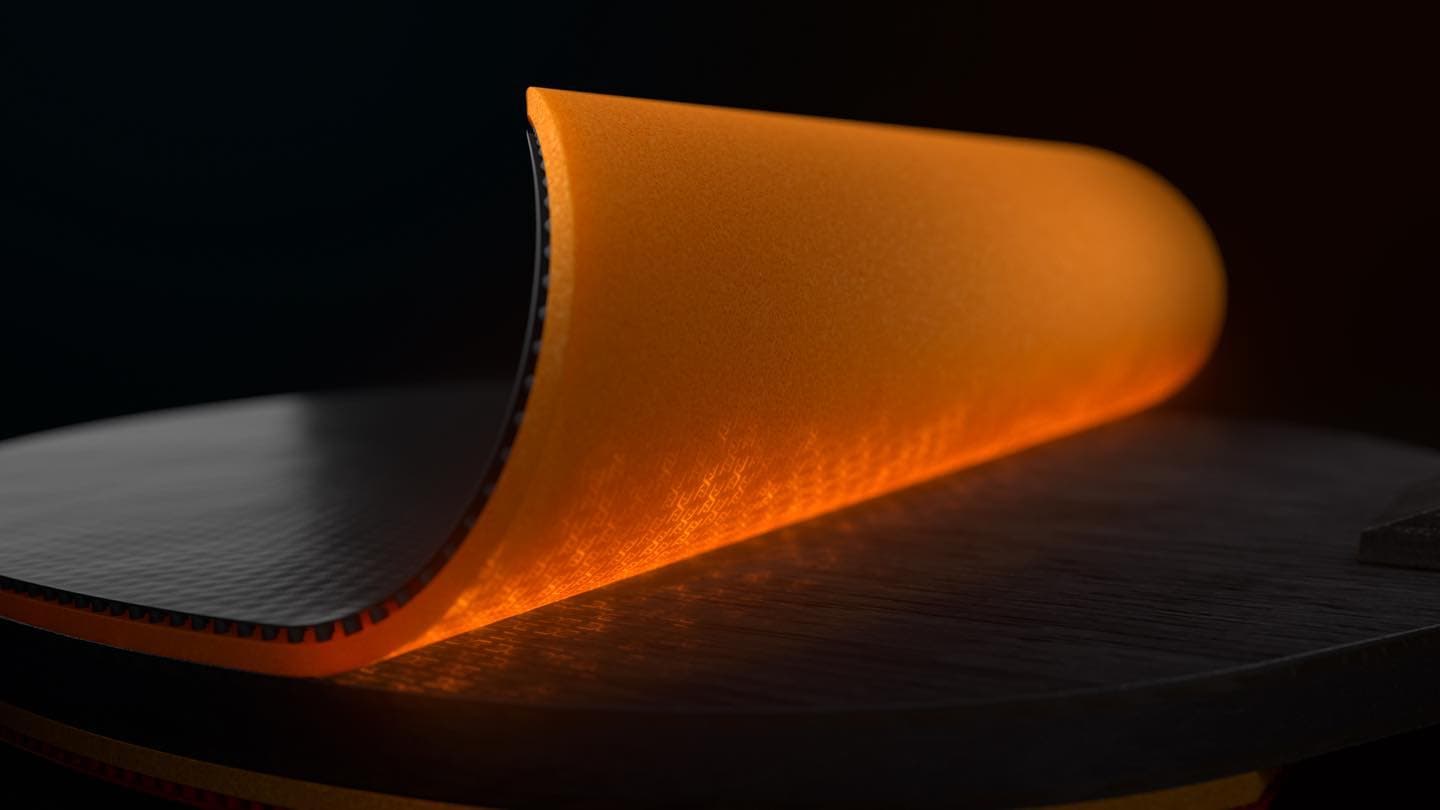
GUIDE: WHICH TABLE TENNIS RUBBER SHOULD I CHOOSE?
Selecting the perfect table tennis rubber can be a challenging task, even for seasoned players. Each player has a unique playing style that influences their choice. Perhaps you are a defensive player who emphasizes control and aims to confound your opponent with a variety of spin techniques. Or maybe you are an offensive player who relies on aggressive topspin shots to dominate and quickly finish the rally.
Regardless of your playing style, you want your table tennis racket to perform in a way that complements your strengths. This means the ideal rubber for you may differ significantly from what works best for someone else. This guide will assist you in choosing the right table tennis rubber. Here, you can learn about the different materials, adhesives, and technologies behind our rubbers. You can also discover which rubber best suits your playing style to create a racket tailored to your needs.
Have you already selected your blade? Now, delve into our guide on rubbers and learn how to properly glue table tennis rubbers to optimize your racket’s performance.
PLAYING STYLES
There are as many playing styles as table tennis players around the world, but we usually narrow playing styles down to three categories: defensive, all-round, and offensive. To make it easier for you to find the right blade, we’ve divided them according to the three playing styles.
The defensive table tennis player
The all-round table tennis player
The offensive table tennis player
RUBBER & THE SPONGE
S = Soft Sponge:
M = Medium Sponge:
H = Hard sponge:
XH = Extra hard sponge:

Thicknesses and hardnesses
The thickness of a table tennis sponge plays an important role in the speed, spin, and control of a player's shots. Generally speaking, the thicker the sponge, the more speed and spin a player can generate.
However, it's important to note that as the sponge thickness increases, so does the loss of control. A thicker sponge provides more dwell time, which allows the player to generate more spin and speed on the ball. This is because a thicker sponge absorbs more of the ball's energy and releases it with more force. This effect can be especially noticeable on shots like topspin, which require a lot of spin and speed to be effective.
However, the increased sponge thickness also means that the player will have less control over their shots. This is because the ball will spend less time on the sponge, which can make it harder to predict its trajectory and placement. This can make it more difficult to hit precise shots and can result in more errors. It's important for players to find the sponge thickness that works best for their game. This can depend on a variety of factors, including the player's skill level, playing style, and personal preferences.
Some players may prefer a thinner sponge that provides more control, while others may opt for a thicker sponge that offers more speed and spin. In conclusion, the thickness of a table tennis sponge is an important factor in a player's game. While a thicker sponge can provide more speed and spin, it's important to find the right thickness that offers the right balance of control and performance.
Players can preferably experiment with different thicknesses to find the one that best suits their game and helps them to improve their overall performance on the table.
Q&A RUBBERS
Which sponge thickness should I select?
At what point should I replace my rubber sheets?
What is the recommended cleaner for rubber sheets?
Which type of rubber is suitable for my playing style?
What will a DNA rubber with Power Sponge Cell (PSC) offer me?
Are the sponge and top-sheet already glued together when I order rubber?

TECHNOLOGIES
Behind each table tennis rubber lies many decades of intensive research, development and table tennis experience. Since the end of the 60s, STIGA Table Tennis – genuine craftsmanship by and for world-class table tennis players. Our rubbers feature the following technologies:

















































